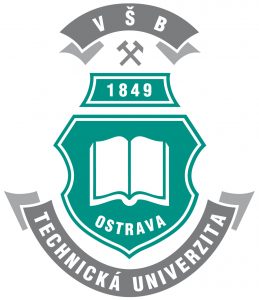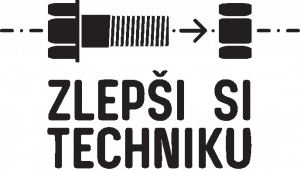deRadon – “Cleaner wells guaranteed”
 Projects
Projects
 Projects
Projects
You have surely heard of radon, possibly during chemistry class at school or perhaps in connection with the radon risk. The danger of radon ensues from the occurrence of this radioactive gas in bedrock, from which it is absorbed by water, and the subsequent risk of its release and inhalation. The danger of radon consists in the fact that, due to its ionisation capability, it is able to damage the structure of DNA and cause uncontrollable cell reproduction. Waterworks and water-treatment plants can deal with radon. But radon can be found in the water that fills thousands of private wells. This radon escapes from the water and poses a threat to people who come into direct contact with this dangerous gas when, for example, drawing water from a faucet, but even more so when showering.
In order to remove radon from water, the university team developed the deRadon system, which effectively serves the intended purpose. deRadon comprises a device that is only somewhat larger than an ordinary water-heater and works on the following principle: air is forced by a compressor into approximately twelve tubes, each of which contains hundreds of thin, hollow fibres. The fibre wall is perforated with openings ranging in size from 10 to 100 nanometres. Drawn water flows around the tubes. Whereas droplets of water do not penetrate the interior of the fibres, radon fumes do and are then carried by the air current harmlessly into the outside atmosphere. The whole process is modelled on the properties of Gore-Tex fabric – drops of water do not penetrate the interior because of the material’s outstanding property called surface tension, though steam and gas pass through it to the outside.
The deRadon device is patented as a utility model and is intended for all owners of water resources whose wells are located in places with heightened occurrence of radon. Currently, deRadon is used in households with separate water sources dug out of ore or granite bedrock, where there is a heightened risk of radon, such as in the Jeseníky, Beskydy and Vysočina areas.
Faculty of Safety Engineering, VŠB – Technical University of Ostrava. The instrument is distributed by company Vodní zdroje Chrudim, s.r.o.





